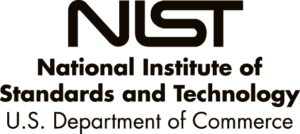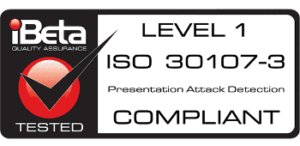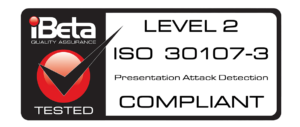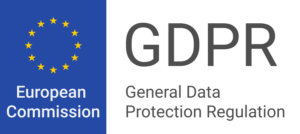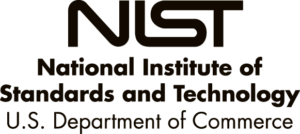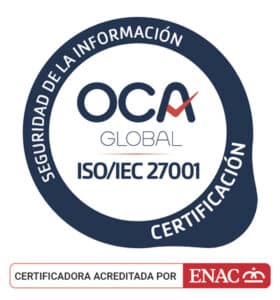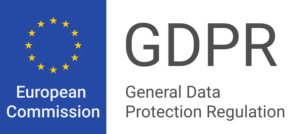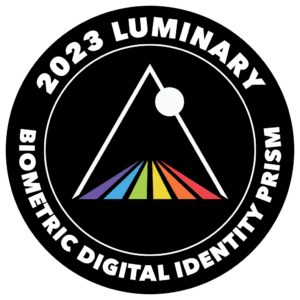Interaction with the digital world
Spoiler. Metaverse is not new. Mankind has been “conscious” about the blurry frontier between the real world and virtual reality since the beginnings of history and philosophy. It can be seen traces of these thoughts back to Plato, Descartes and other philosophers that somehow wondered whether we are living in the real world, in a dream or in an artificially created illusion of the world. There are plenty of these ideas in our culture as well as in our imaginary constructions of how the future would be. Nothing new so far. Just mankind.
What’s new then? Why is Metaverse becoming so ubiquitous these days? Certainly, it is because there are dramatic changes in the way people are interacting with the digital world. It’s like witnessing a perfect storm where so many apparently unrelated events all together converge into one spot (space time): The advent of enabling technologies that promises a future of a completely immersive, 3D, social media, online gaming digital world where people will, among other human actions, play, work, connect or buy. In doing so, it will interact with other humans but will also interact with some AI enabled digital identities. Even blockchain technology has something to say about this.
Really? Blockchain? Yes, the Metaverse could be seen as a projection of blockchain technology. It shares most of the fundamentals of human actions (nature) like scarcity, the need of a government, rules of actions, and different levels of identities. Even the Non Fungible Tokens (NFTs) have something to say in the Metaverse as it is becoming one of the most transacted digital assets within this ecosystem. This will have implications for Digital Wallets as well as for property (or intellectual) rights. Moreover, there are multiple projections of virtual worlds that are competing to gain traction (i.e. the number of digital identities making transactions) and probably, in the near future, there will only succeed a few of them.
Extended and augmented identities
So, what will be the impact on the way the world sees and understands the identities of all this philosophical and technological revolution? Nowadays, there are synthetically simulated digital identities (SIMs), biological simulated identities (BIOSIMs) and non simulated real identities (NonBIOSIMs) coexisting together in both real and virtual worlds (e.g. “Phygital” identities). Presently, it’s hard to tell what is the share of each of these identities within the Metaverse and the real world. Nevertheless, the number of SIMs and BIOSIMs will increase exponentially as long as the digital ecosystem comes closer to David J. Chalmers’ thesis about the future of virtual reality: “[…] within a century we will have virtual realities that are indistinguishable from the non virtual world”. Thus, the appearance of extended and augmented identities:
- Extended identity: A non-digital identity (i.e. a biological person) that has a digital projection of its biological identity (BIOSIM);
- Augmented identity: simulations of digital identities (SIMs) that could be or not a projection of an existing individual or collective identity.
BIOSIMs Vs. SIMs identities
An extended identity (i.e. BIOSIMs) will be bound to existing non-digital identities by its biological characteristics (e.g. biometrics). They won’t be unique but could not be traded. Trusted authorities will rule the issuing of these identities and will be stored and used through biometric authenticated Digital Wallets. Finally, there are one or more BIOSIMs bound to the same non-digital identity operating within one or more than one Metaverse. So far, how is the ecosystem dealing with this? It uses biometrics (i.e. biological characteristics intrinsic to humans) to bind the non-digital identity to an extended identity (BIOSIM). Each of these BIOSIMs are certified by a Proof of Life to make sure that a BIOSIM is not a SIM identity.
Now, regarding SIMs identities there are more imaginable possible futures open to considerations. First, an augmented identity could be created by an algorithm or by a non-digital identity (or a BIOSIM representation of it). It can be born without any specific characteristic, stored in a NFT and then be augmented with digital assets (i.e. aggregated value) available within the Metaverse. It can be an alter ego, a player, an influencer, or any other imaginable character co-created by the ecosystem (i.e. the Metaverse and the interactions of SIMs and BIOSIMs). And then, it can be used or traded (monetized) as an augmented identity.
The real and the virtual world
These possible futures will make Digital Wallets ubiquitous as smartphones are today. Moreover, non-digital identities will be aware of the value of their own digital assets and will be aware of the monetization capabilities of their interactions within the Metaverse. This digital oriented human action will bring some additional concerns because identities will become valuable assets. In doing so, people might think about buying or selling identities (i.e. SIMs or BIOSIMs), inherit identities (i.e. a collection of extended identities or a collection of augmented identities) or just keep their beloved identities in a safe place so they can keep interacting with them in a future where “consciousness” is present in the digital world.
Though the gap between the real and the virtual world will be closing throughout the following years, it remains an issue that humans and its action will still be the core of the activity in the Metaverse. In that sense, identities whether they are extended or augmented will still be a very valuable asset that will be bound to a non-digital identity. At least for the following years. Therefore, even though the Metaverse will change the way we see the world (real and virtual) that surrounds us, biometrics characteristics will still be something inherent to humans and therefore it will be the key to live (e.g. rights and obligations) in real as well as in the virtual worlds.




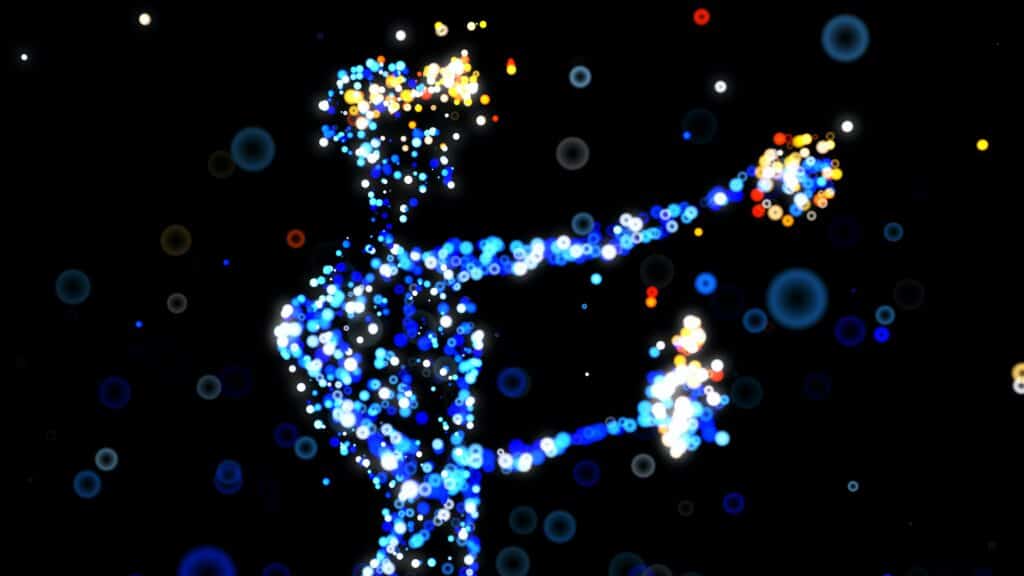

![[DEMO GRATUITA]: Descubre cómo funciona nuestra tecnología en vivo](https://no-cache.hubspot.com/cta/default/19918211/11f4166f-b9c4-4ef4-923b-ac8aa1e40ec1.png)




